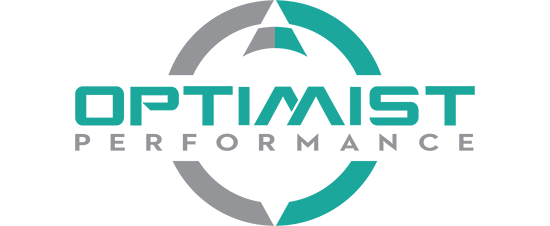In today’s fast-paced and dynamic work environment, fostering inclusive and high-performing teams is more crucial than ever. Companies are constantly seeking innovative approaches to keep employees, to keep them motivated, and to create a high-performance culture – and one such strategy gaining traction is gamification.
A recent survey by Zippia showed that employee engagement increases by 48% with a gamified work experience. Furthermore, their data analysis team showed that
Companies that use gamification are seven times more profitable than those that do not use gamified elements at work—whether with employees or consumers.
Studies show that these gamified initiatives have increased workplace engagement by 48%. What’s more, 72% of workers report feeling motivated to work harder, and gamification has been demonstrated to boost employee productivity by 90%.
Here at Optimist, we have long since been incorporating games as one of our methods in leadership development, and with the slew of recent articles on engagement out there, we thought we’d share how gamification can be a game-changer in building teams that are not only inclusive but high-performing. So, let’s delve into some key insights and uncover some secrets to levelling up your team.

-
-
- Gamification and Collaboration: Incorporating game elements into workplace activities promotes collaboration by fostering healthy competition and teamwork. They lead to improved communication and collaboration among team members.
- Boosting Engagement: Gamification can enhance employee engagement by making tasks more enjoyable and rewarding. Elements, such as leaderboards or rewards systems, can motivate team members to go the extra mile.
- Creating an Inclusive Culture: Gamification plays a role in building an inclusive work culture. Game-based approaches can break down barriers, encourage diverse perspectives, and create a sense of belonging among team members.
-
As you can see, gamification is not just about making work more enjoyable; it’s a powerful tool for building inclusive and high-performing teams.
Perhaps this is why 87% of businesses are projected to utilise gamified techniques in the next five years. Half of these companies will also consider gamification as a top priority. By incorporating game elements into everyday tasks, organizations can tap into the inherent human desire for achievement, recognition, and collaboration. Of course, the journey to lasting behavioural change starts with a strategic approach to gamification amongst many other tools.
Are you ready to level up your team? Let’s explore the Optimist journey that’s best for your teams.
GET IN TOUCHAnd be sure to sign up for our Optimist Newsletter, as this week we share some gamification ideas to try with your team!
What are you waiting for?
GAME ON


